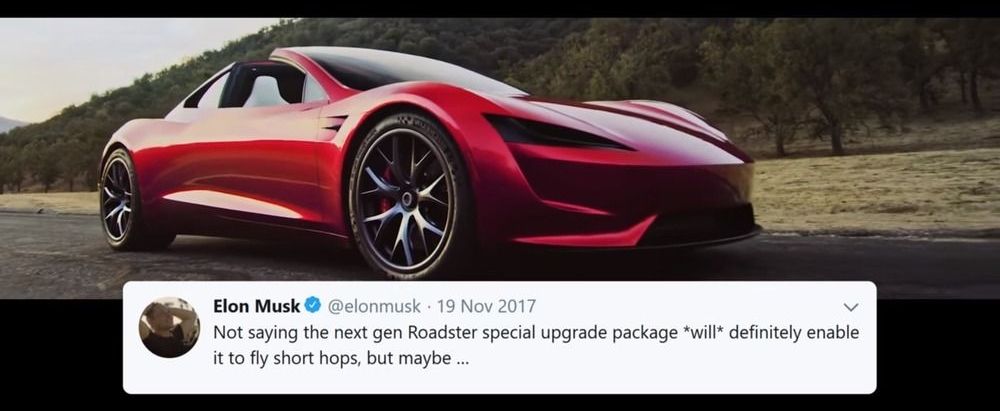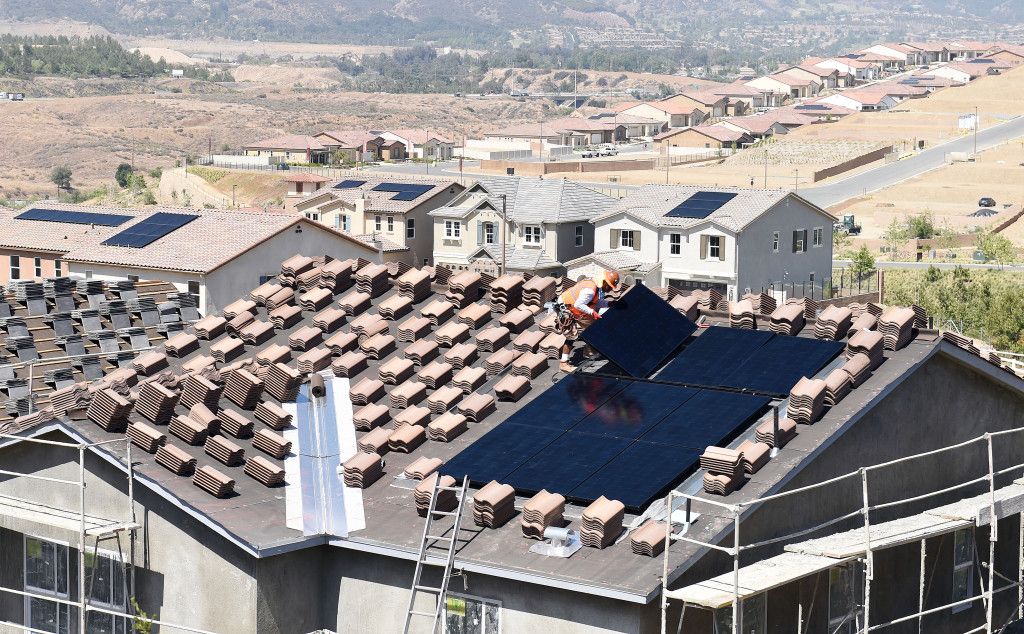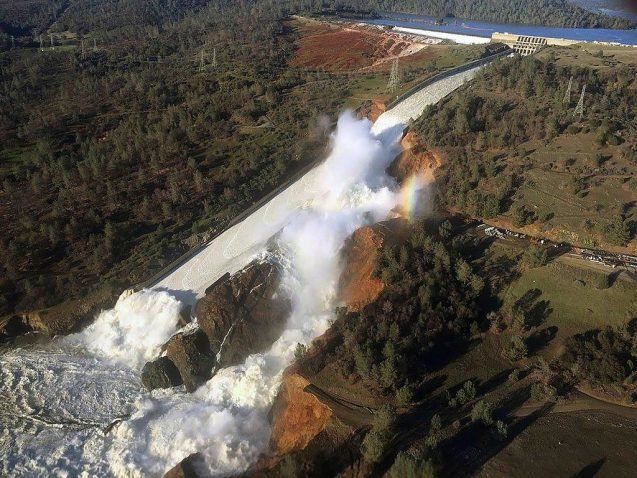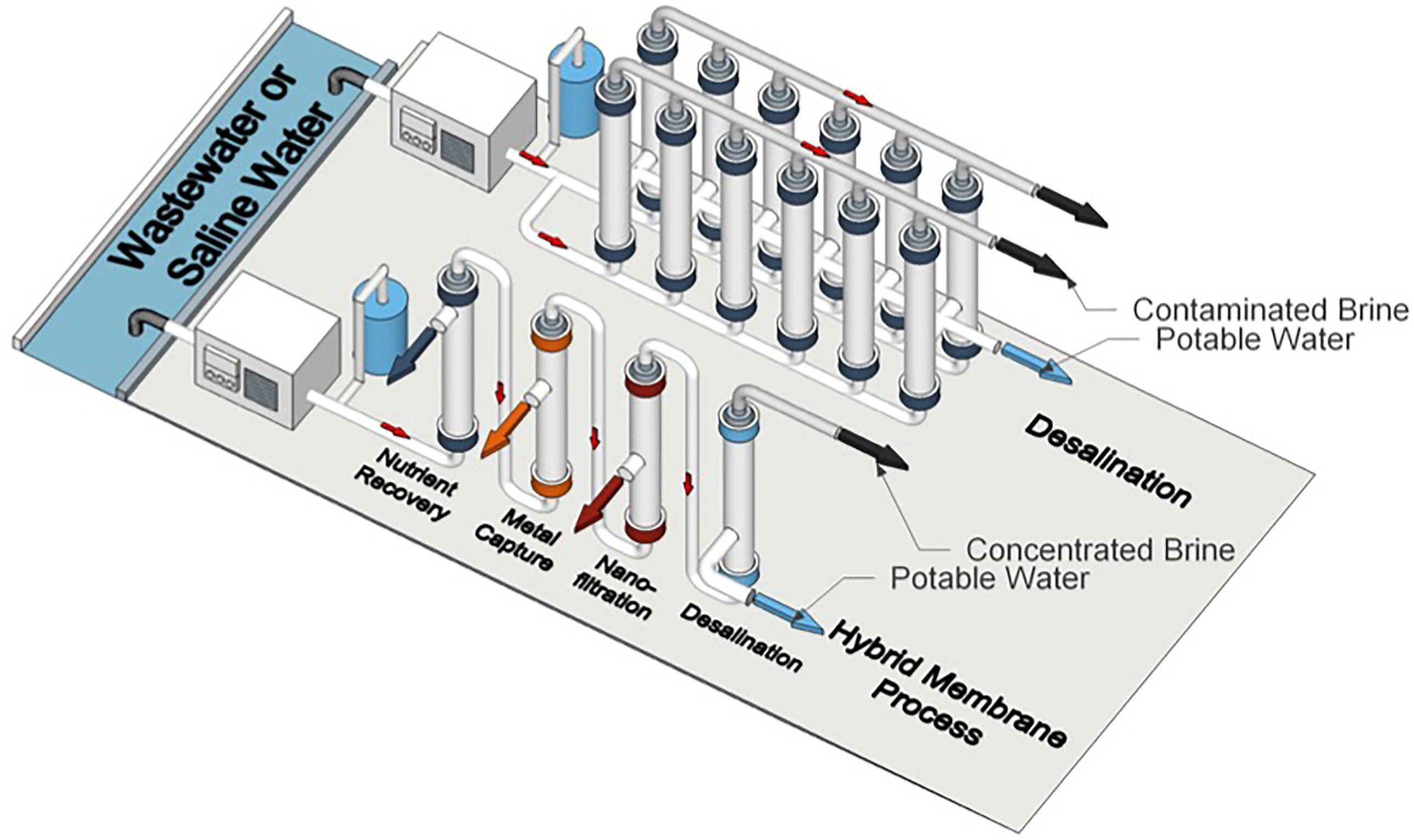We’ve all dreamed of owning, or at the very least being a passenger of, a flying car. It’s the sci-fi dream that never transpired — until recently, that is. With a growing emphasis of developing flying taxis among several different companies, one wonders if the revolutionary Tesla Motors has plans to join in on this new venture.
Could Elon Musk’s random tweet from late last year be an indicator of Tesla’s interest in flying cars and their joining of this brand new “space race?”








